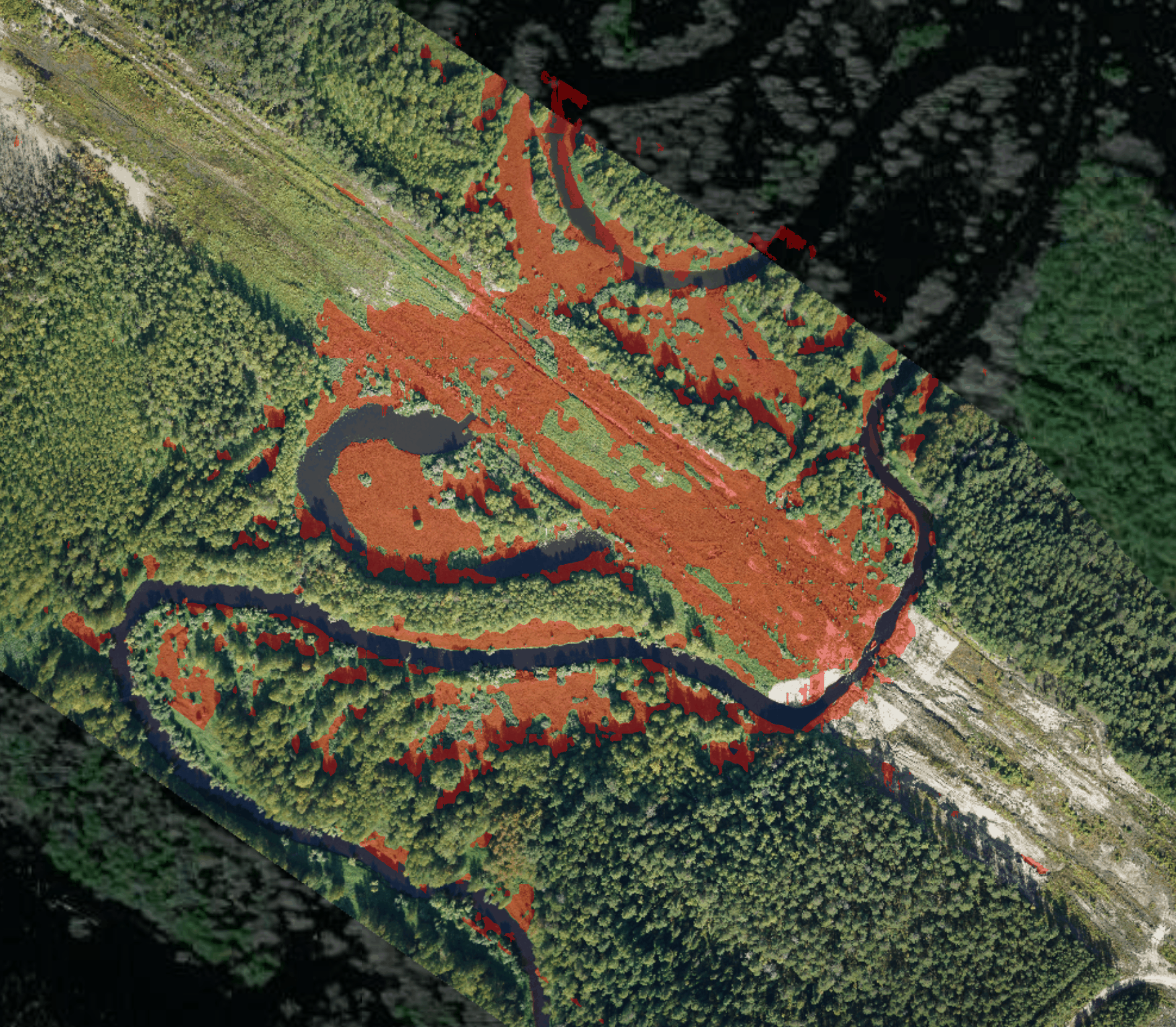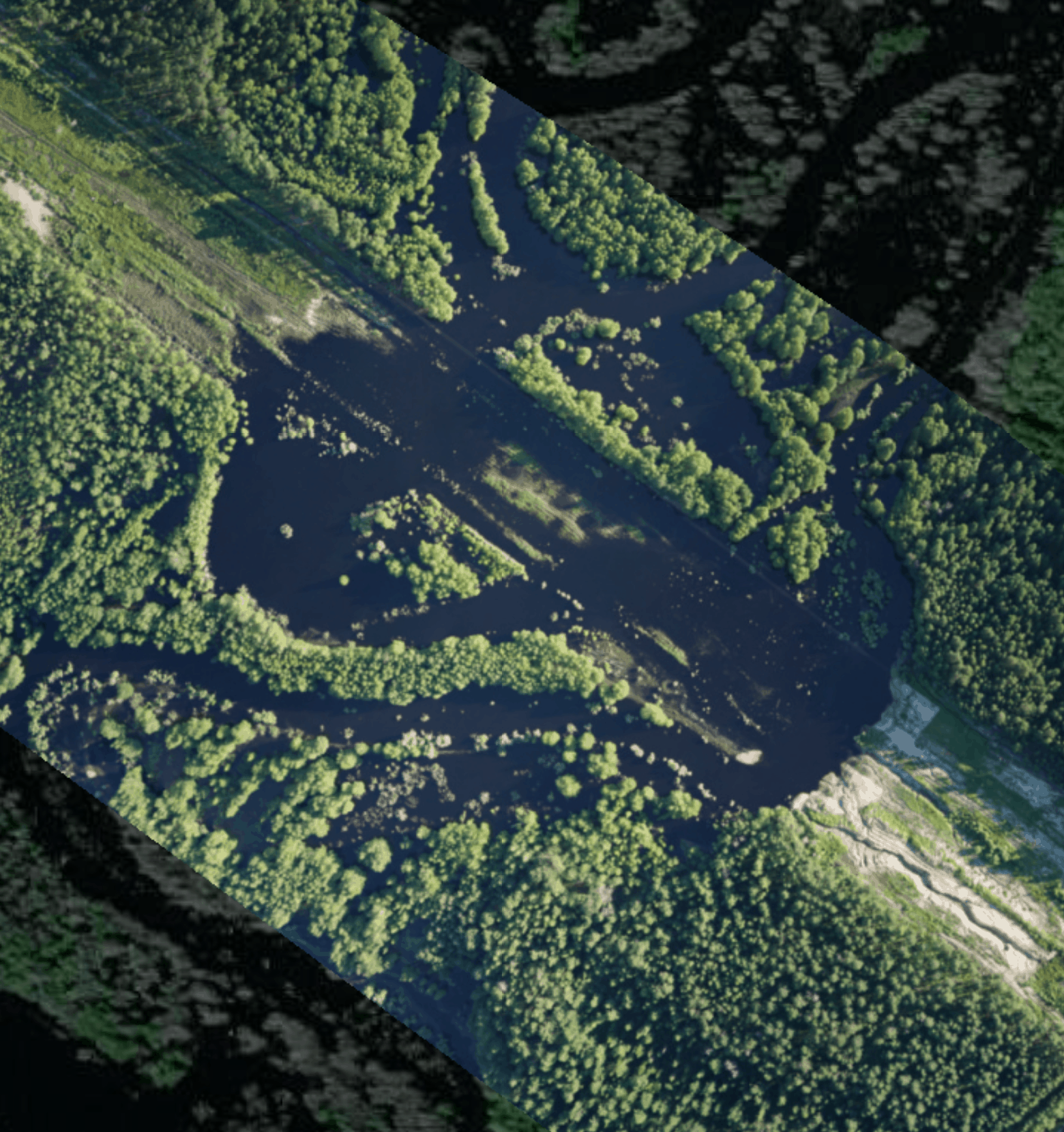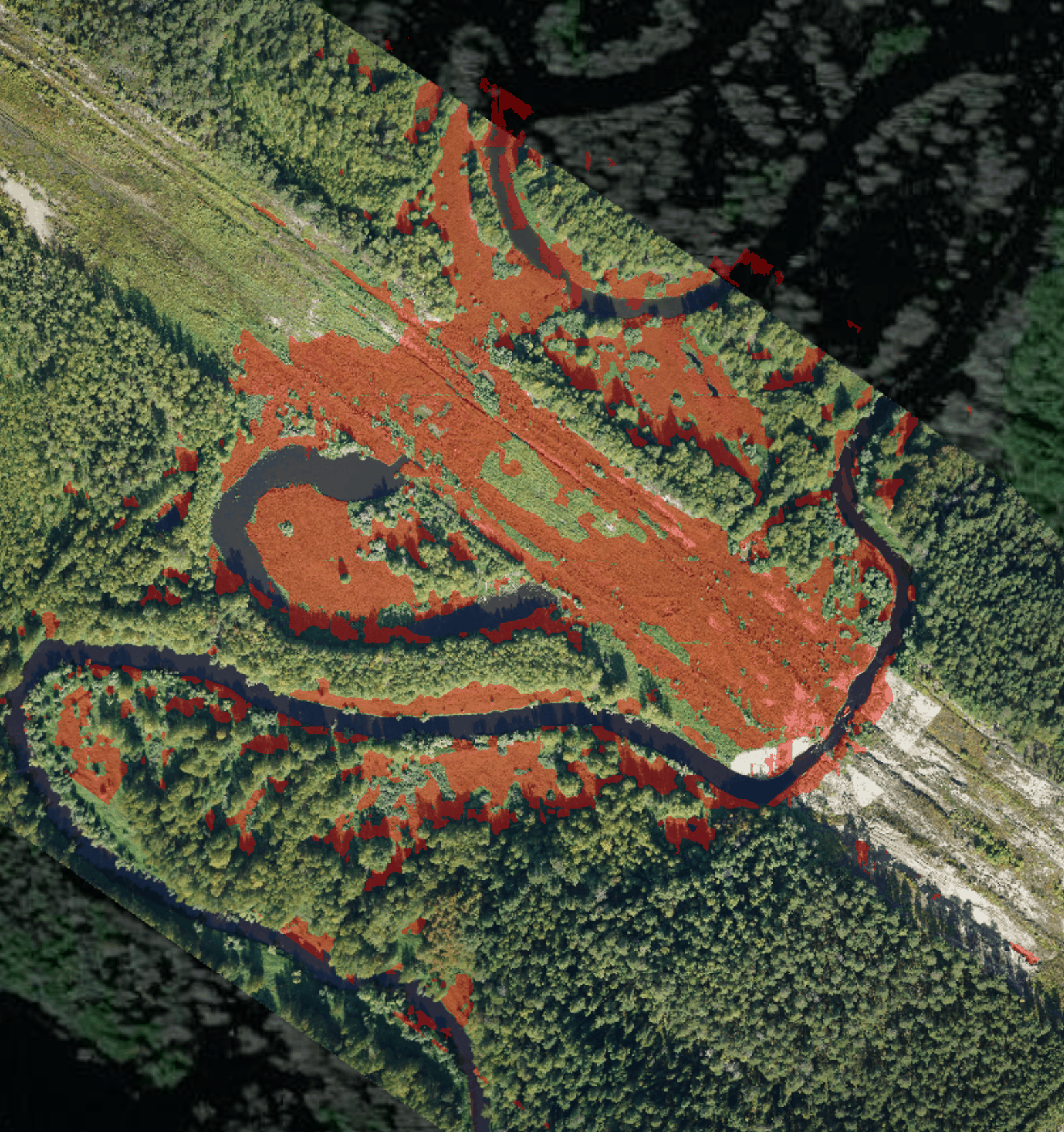

ChangeDetection


Comparing images of the terrain taken at different times and searching for objects using artificial intelligence
Change detection and object classification is one of the main tasks in the field of terrain image analysis and a relevant task in many areas, such as cartography and land use, resource survey, urban development monitoring, finding consequences of natural disasters, assessing the environment state, ecological monitoring, etc.
ChangeDetection analyzes and compares orthomozaics of the same area made at different times; finds, marks and classifies the changes that have occurred and objects that it has found, and gives you information about their properties. The application works autonomously, data processing does not require Internet or local network connection.
Change detection and object classification is one of the main tasks in the field of terrain image analysis and a relevant task in many areas, such as cartography and land use, resource survey, urban development monitoring, finding consequences of natural disasters, assessing the environment state, ecological monitoring, etc.
ChangeDetection analyzes and compares orthomozaics of the same area made at different times; finds, marks and classifies the changes that have occurred and objects that it has found, and gives you information about their properties. The application works autonomously, data processing does not require Internet or local network connection.



Comparing two orthomosaics of the terrain and marking changes using AI.

Comparing two orthomosaics of the terrain and marking changes using AI.

Copyright © 2023 ChangeDetection. All rights reserved.

